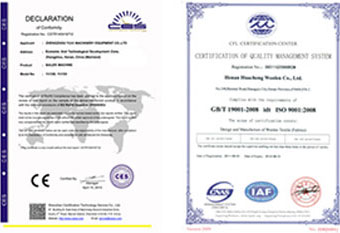What is High Voltage (Hv) Electrostatic Separator?
HV electrostatic separator is important technology in recycling of waste valuable aluminium plastic recycling line, which defined as “the selective sorting of aluminium powder by means of utilizing forces acting on charged or polarized bodies in an electric field “, which the separations made using a corona discharge device, called high voltage Separations
High Voltage Electrostatic Separator Used in Aluminium Plastic Recycling Production Line
High-voltage electrostatic separator is an advanced aluminium plastic sorting units that is capable of separating non-ferrous metals and plastic, such as recycling aluminium and plastic from scrap medical pill blister packs.
Different types of the electrostatic separator in Aluminium plastic recycling line
Aluminium plastic separators are very common in the fast growing market of aluminium foil / medical blister recycling, where they can provide an accurate separation rate of waste medical blister from dry-type physical recyclables. According to the different materials, you can choose to use suitable HV electrostatic separator in YUXI aluminum plastic recycling processing, there are single roll, double roll, three-roll, six-roll and multi-rolls electrostatic sorting machines. We can make the corresponding electrostatic separator, depending on the customer’s requirements such as: the extraction material, purity, handling capacity
How Does HV Electrostatic Separator Working in Al-plastic Recycling Machine?
Working Principle: The electrostatic separator consists of a double roller installed at the discharge end, internal high-voltage produces generator HV static electricity, so that the grounding rotation roller has a good electrical conductivity, then the aluminium powder is directly discharged due to the energized double-roll, and the plastic, non-metallic, adsorbed on the surface of the rotating roll, with the rotation of the roll, the plastic will be swept into non-conductor hopper through the behind brushes of the roll, to achieve complete separation of aluminum and plastic from aluminiu-plastic composite materials


